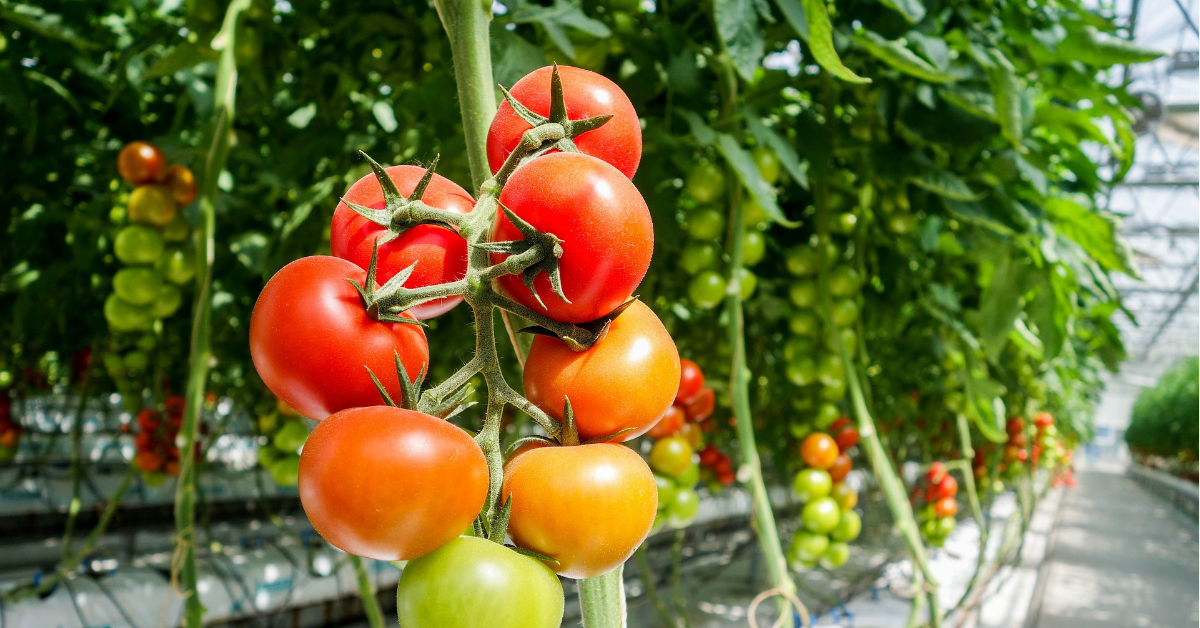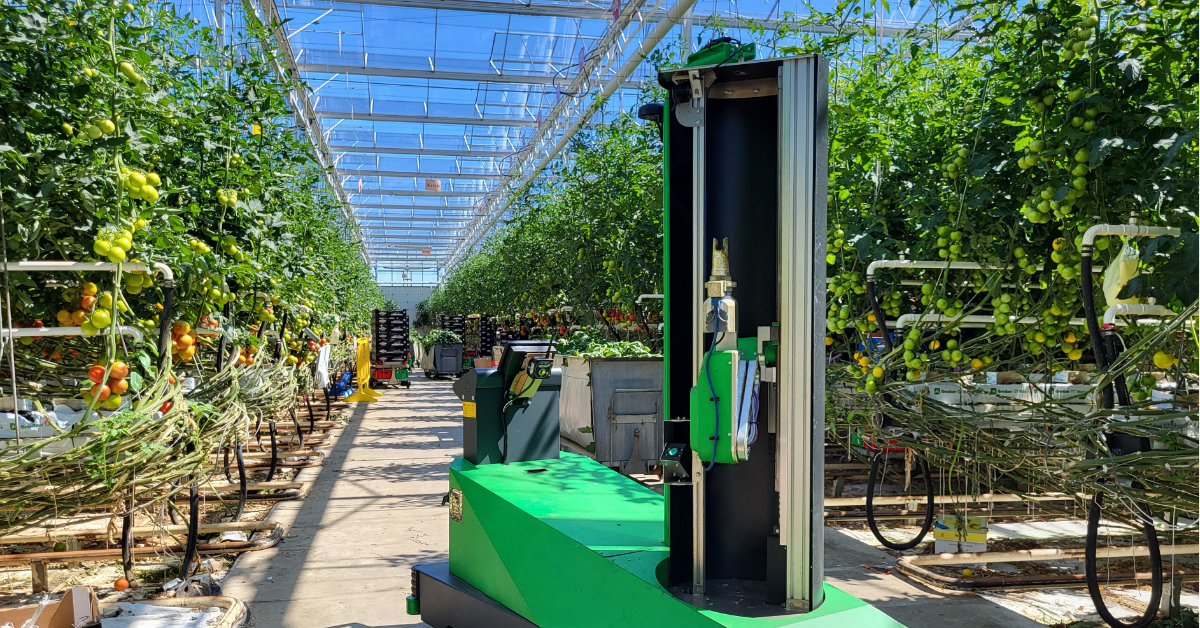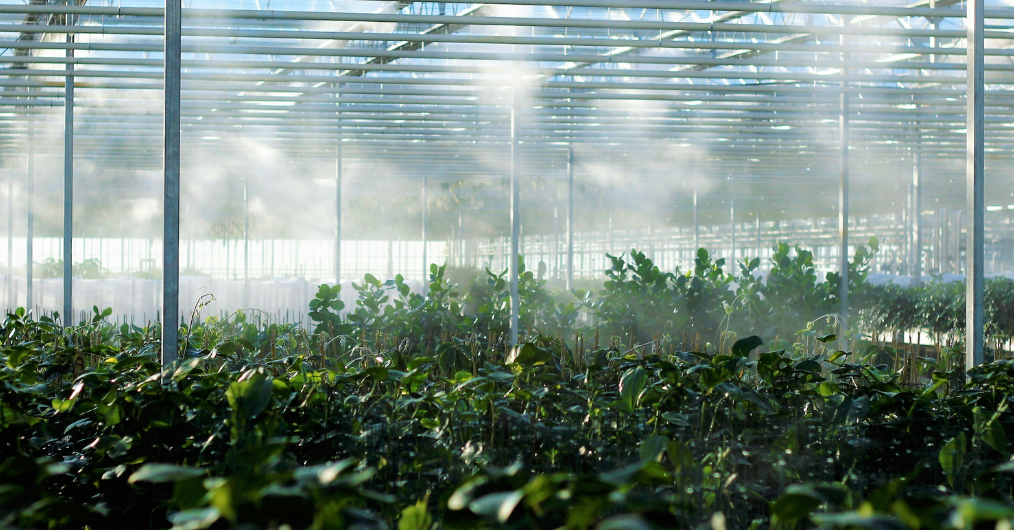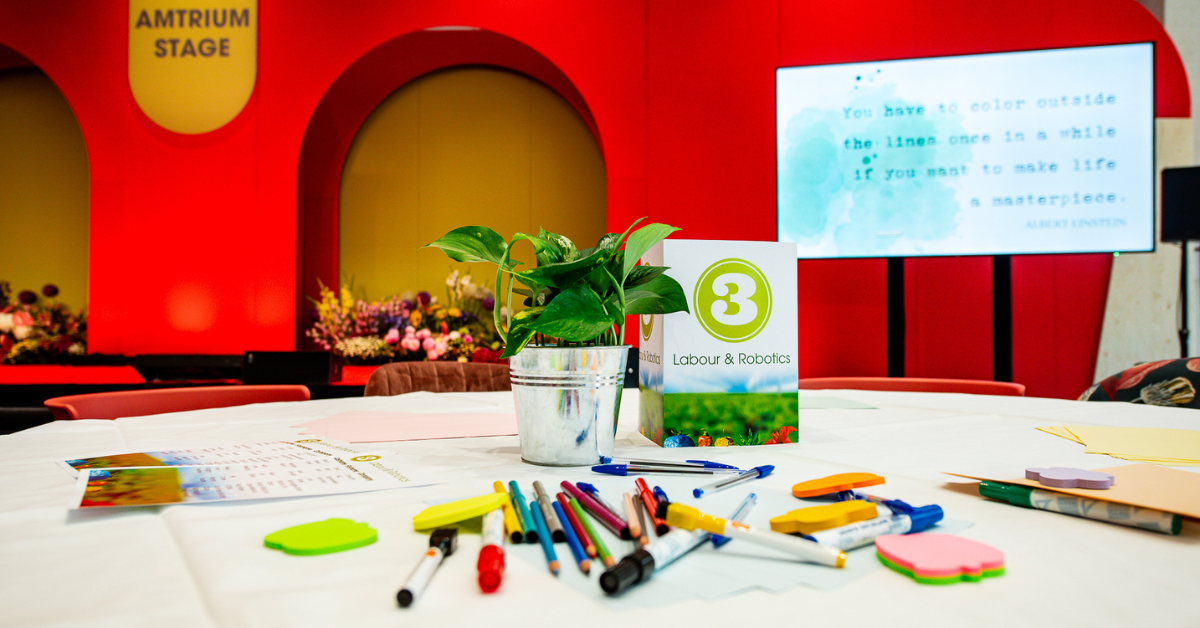Water – “Capture, protect, utilise”
With water scarcity now affecting many parts of the world, innovators in the horticulture sector are pioneering sustainable water practices.
Efficient water management crucial for food security
When it comes to tackling climate change and global food insecurity, “We need to step up our efforts.” This was the succinct declaration made at GreenTech Amsterdam in June (2024) by Meike van Ginneken, Water Envoy for the Kingdom of the Netherlands.
Speaking (via video recording) during a seminar entitled Water: Innovative Solutions, van Ginneken noted that nearly one billion people globally are now food insecure. “This is unacceptable. And water is the cornerstone of food production. Actually, agriculture accounts for 70 per cent of water use and this significantly impacts our [the world’s] water systems.”
She warned that, to feed the world, we must manage our water resources efficiently – and that necessitates collaborations between the agriculture (including horticulture) sector and decision-makers, such as those responsible for water-related planning and waterbody restoration. In fact, van Ginneken highlighted that: “By working together we can make water the engine of climate adaptation, we can ensure sufficient food production despite the changing climate.”
She added: “Horticulture is a critical sector that contributes significantly to global food security, nutrition, and economic development. It provides jobs and livelihoods – especially in developing countries. The success of horticulture is deeply intertwined with the availability and management of water."
With the Netherlands being a proud global leader in horticulture innovation technology, the seminar attendees drew inspiration from experts representing three pioneering Netherlands-based companies – each of which are already leading the way in water resilience. They’re doing this by creating bespoke, climate-resilient water management and irrigation systems for growers – and each project they carry out begins with an examination of the local, sustainable, and feasible water sources available to the greenhouse site. These could be rainwater that’s captured, or water that’s extracted from boreholes/wells and lakes.
Lotte van Rijn, CEO of greenhouse specialist Certhon, revealed, for example, that well water was chosen for a 6.1 hectare turnkey greenhouse project that the company completed in Hungary for Greencoop. The well water is cleaned using reverse osmosis (a water purification process that pushes water through a semi-permeable membrane to separate molecules from other substances). Once it’s used on the crop, the water is then recirculated and disinfected by UV treatment before being returned to the plants.
Smart water management enables greenhouse expansion
Ruud Schulte, Manager, Innovation Sales and Technology for the water treatment installation specialist Van der Ende Group, informed the seminar delegates that Van der Ende’s water management model is designed to give crops “sufficient good-quality water at the right time, at the lowest-possible cost, and with as little (no) impact on the environment as possible.” For example, a project the company worked on in Southern Europe enabled Van der Ende’s customer to reduce their usage of supply water by 35 per cent.
“The grower wanted to extend his greenhouse, but he didn’t have enough water available” said Schulte, who noted that his particular customer was using water from a lake (surface water) that had quite a lot of microbial pollution and salt in it. “What effect does that salt have on your crops? When your sodium level is too high you have less production, so you want to keep sodium at the right level.”
The Van der Ende team therefore helped the grower by installing an ultrafiltration system to remove bacteria and organic waste from the feedwater. It also utilised high performance reverse osmosis to reduce the sodium levels and, as with the feed water, an ultrafiltration system to clean the recirculated water. Happily, this new water management system resulted in the grower using 35% less supply water – enabling him to expand his greenhouse as he’d hoped because he now had more water available.
Schulte said: “Luckily, a lot of growers recycle their water but there are still many growers who don’t. And that’s actually too bad because that water does contain a lot of nutrients – so it’s a waste of money [not to recycle it].”
Simon Jones, global sales manager for water storage expert Genap, emphasised the importance of capturing rainwater and storing this “essential resource” during these challenging times of high food insecurity, unpredictable weather, and water scarcity. Pointing out that many national and local governments are placing restrictions on water abstraction due to water scarcity, he asserted: “The future is water capture and the efficient economic and effective storage of water.”
Jones also noted that Genap is observing a trend towards large, covered, enclosed water systems (such as reservoirs) that are designed to keep out contaminants such as algae, dust, and insects – and prevent the water from evaporating.
Using the mantra “capture, protect, utilise” he concluded that growers should capture rainwater for use on their crops, protect it, and recycle it (making savings on fertiliser).
Evidently, trailblazers in the horticulture sector are successfully helping growers to better manage their water supply and are no doubt an example for many other industries.
Have exclusive horticulture technology news delivered to your inbox
The GreenTech monthly newsletter brings you the latest exclusive horticulture technology news and updates about our global horticulture technology trade shows and events.
Join over 32,000 of your peers and receive:
☑ Exclusive commentary from industry leaders
☑ The latest news from the GreenTech team
☑ Stay up to date with all the latest news about our events





